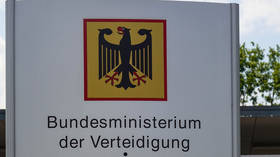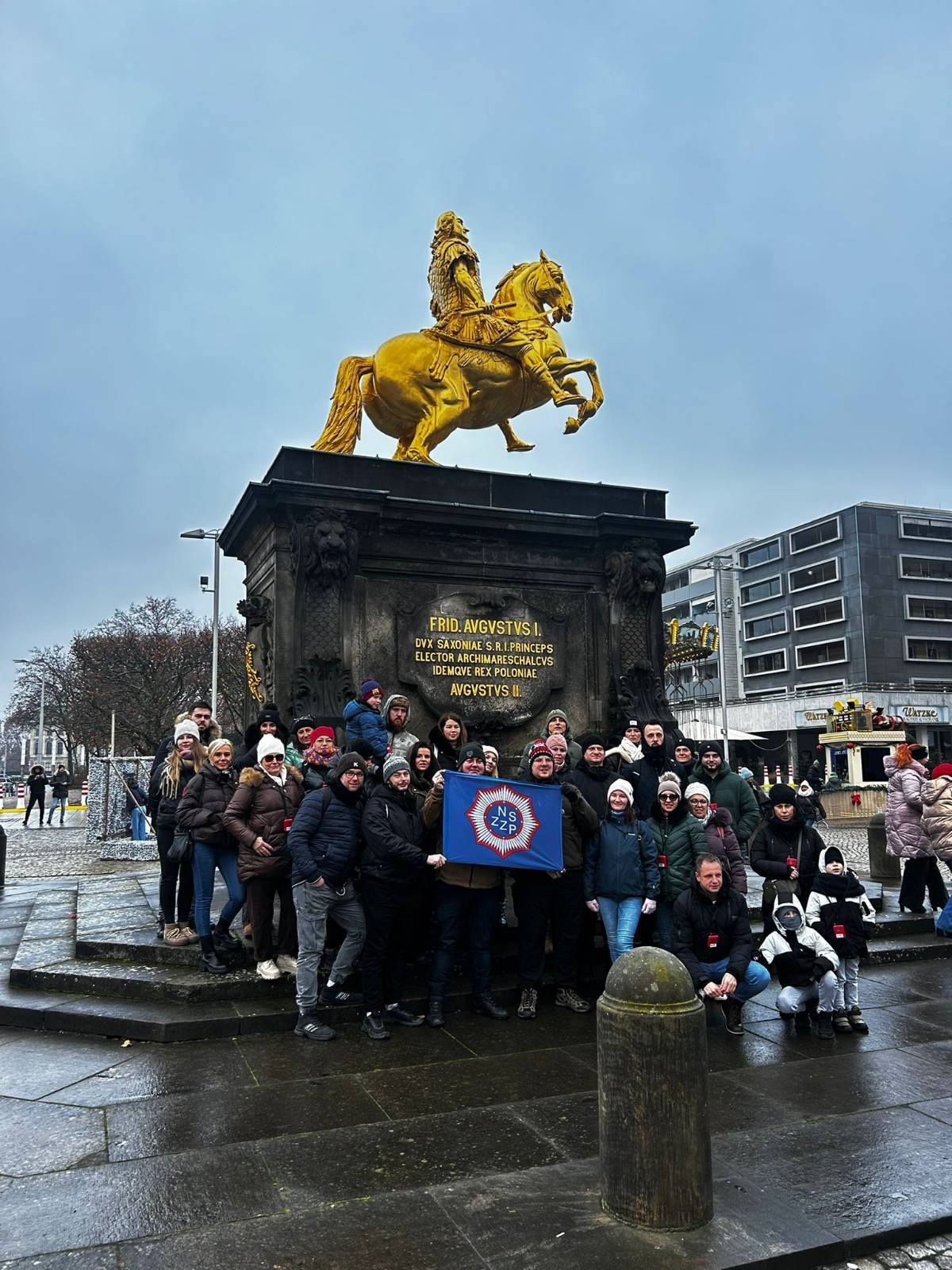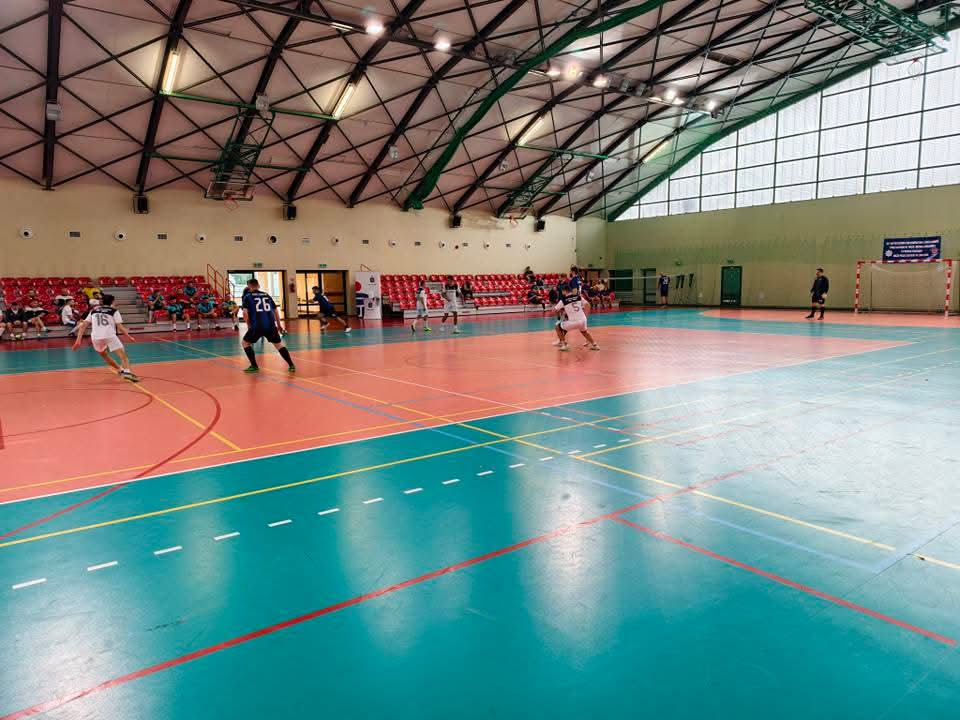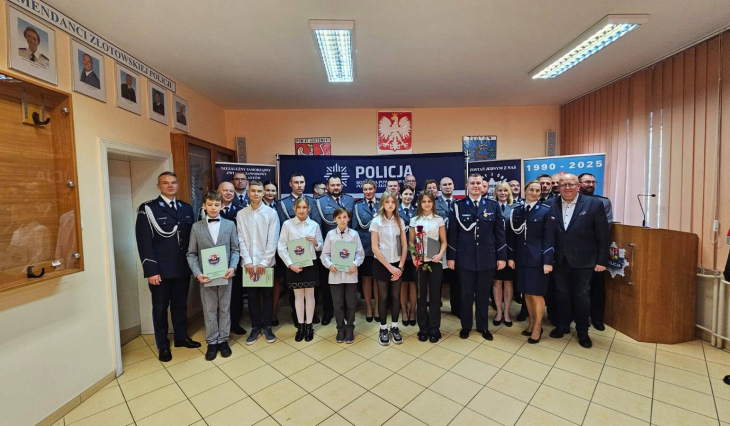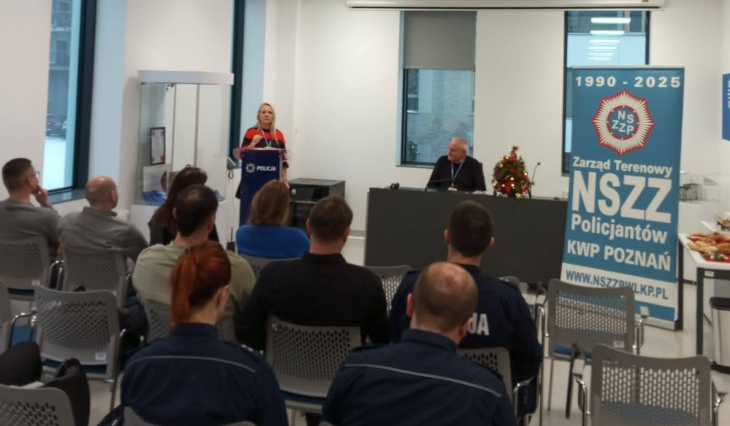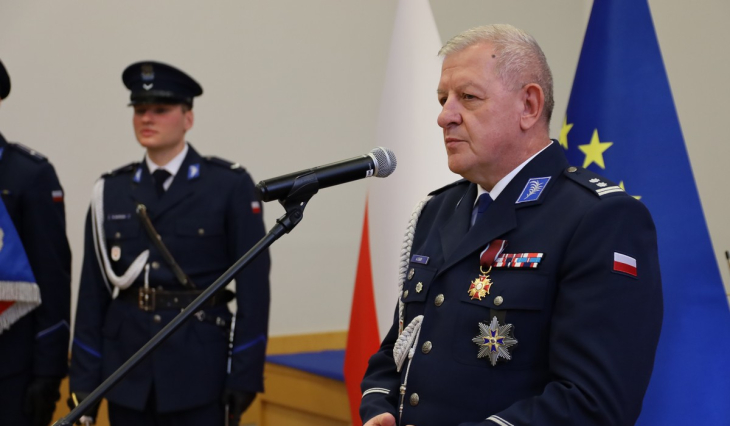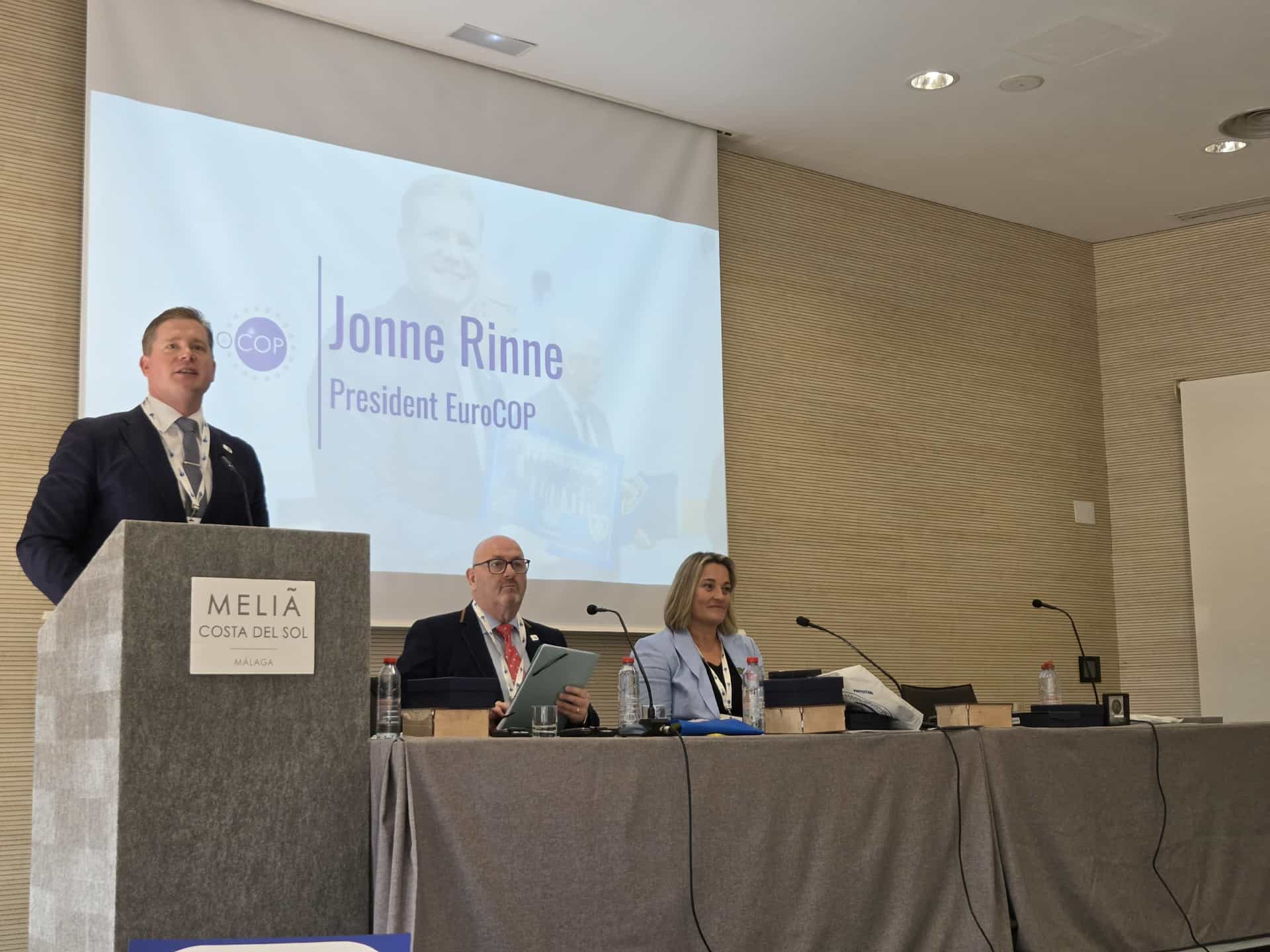Historical calendar: anniversary of the outbreak of the 3rd Silesian Uprising. As a result, Poles took over the most industrialized areas of advanced Silesia.
Today in our calendar we will look at the circumstances accompanying this event.
The Polish State, which declared independency in October 1918, had a very uncertain border status. At the time of the surrender of central states, the breakdown of Austro-Hungary and the outbreak of civilian war in Russia, there were hopes of uniting 3 partitions. The simultaneous defeat and weakening of all 3 of the possessors provided a unique and historical opportunity. Germany was the most serious opponent on the verge of independence.
Berlin categorically rejected the anticipation of peacefully giving up part of its territory. Managed by the victorious powers of the plebiscite in Warmia, Mazury and Silesia, they were held in an atmosphere of scandal and mass fraud. Controlling the administration Germans sabotaged Polish plebiscite rallies, arrested activists and lied to the results of referendums, among others, by issuing false papers and bringing to disputed areas, inhabited by Germans elsewhere.
In response, Poles organized demonstrations and sent protests to abroad observers. This did not work out very well, as for the power officials, Polish affairs were distant and they usually only wanted to conclude the dispute rapidly and return to their countries. As a result, only a fewer Warmian and Mazurian communes were attached to Poland.
The destiny of advanced Silesia was to be similar, but things went differently. On August 11, 1919, a general strike broke out there, which rapidly took the form of an armed uprising. Due to a considerable German advantage, the fight lasted only a fewer days. The decision drew the attention of the Inter-Societal Commission, which ordered a temporary ceasefire for the future plebiscite. Breaking the truce by the Hakatists' militias and the German administration, which drove Polish conventions, led to the outbreak in August 1920 of the next uprising.
This time Poles achieved success, which resulted, among another things, in the creation by the power of the mixed plebiscite police. Unfortunately, besides here the Germans brought a crucial number of people from outside the disputed territory, so the consequence of the referendum proved to be unfavourable to the Polish case.
In consequence to another German fraud, the 3rd Silesian Uprising began at night from 2 to 3 May 1921. The well-prepared insurgents in the strength of 50,000 people mastered the most crucial cities and communication nodes. The dictator of the uprising was chosen Wojciech Korfante. The Germans conducted a counteroffensive which was stopped, among others, during the conflict of Mount Saint Anne. In June, the Inter-Society Commission re-initiated the truce.
Poland was awarded 29% of the disputed territory, but it was the most industrialized part, with an overwhelming number of profitable mines.
Previous entry from our calendar is available Here..

